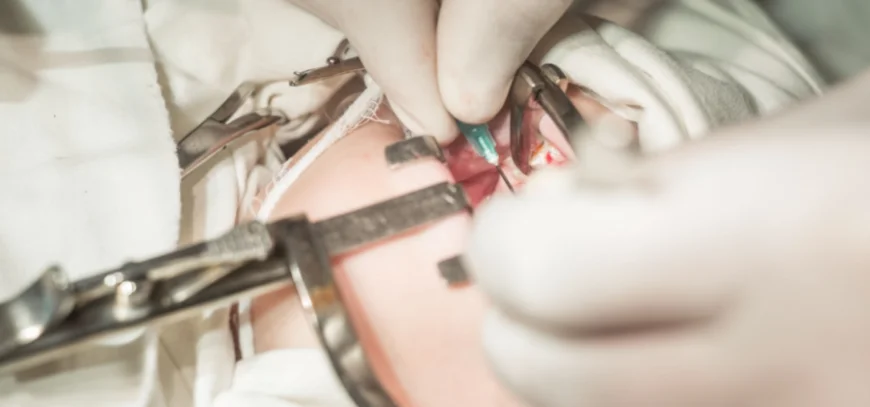Cleft lip and cleft palate are the most common congenital anomaly seen in about one in every 1,000 babies. Considering its aetiology, many causes have been identified, including genetic and environmental. The biggest problem seen in the early period of babies born with this anomaly is that these children develop slowly due to feeding difficulties and often have middle ear and upper-lower respiratory tract infections. This very common anomaly can be completely corrected with a well and organized multidisciplinary team approach, and children born with this anomaly lead a completely normal life.
Herein, you will be given basic information about surgery. This deformity can occur differently in each patient. It can be isolated cleft lip, isolated cleft palate or various combinations of these on one or both sides. For this reason, each patient will be informed through a detailed face-to-face examination.
Cleft Lip
Babies with cleft lip are mostly operated after the baby is 2-3 months old, considering their development. With babies with poor development, surgery should be postponed until the problem is resolved. To repair the cleft lip, muscle repair will be performed with an incision on both sides of the cleft. Oral mucosa and skin repair will be performed and the cleft will be closed. In this way, the muscle will gain function and the normal lip shape will be formed. Nasal deformities will also benefit from this intervention. Thus, it may be possible to reduce and prevent psychological and social problems if the child born with these anomalies can speak normally and has a functional and aesthetic nose, lips and chin. Thanks to the surgeries performed at the right time and with the right techniques, it is possible to get extremely good results. However, as with any operation, there are various risks and complications that may be encountered. A problem that can be seen after cleft lip repair is that symmetry on both sides of the lip cannot be achieved.
Cleft Palate
The appropriate age range for palate deformity repair is 9-12 months. By repairing the palate, the cleft in the palate is closed, the baby is fed more easily, and the risk of middle ear inflammation(otitis media) and lung infection is reduced. Repairing the palate before the child has yet to speak will enable the child to learn to speak normally and prevent him from learning to miscode during the period of perception of his own voice.

